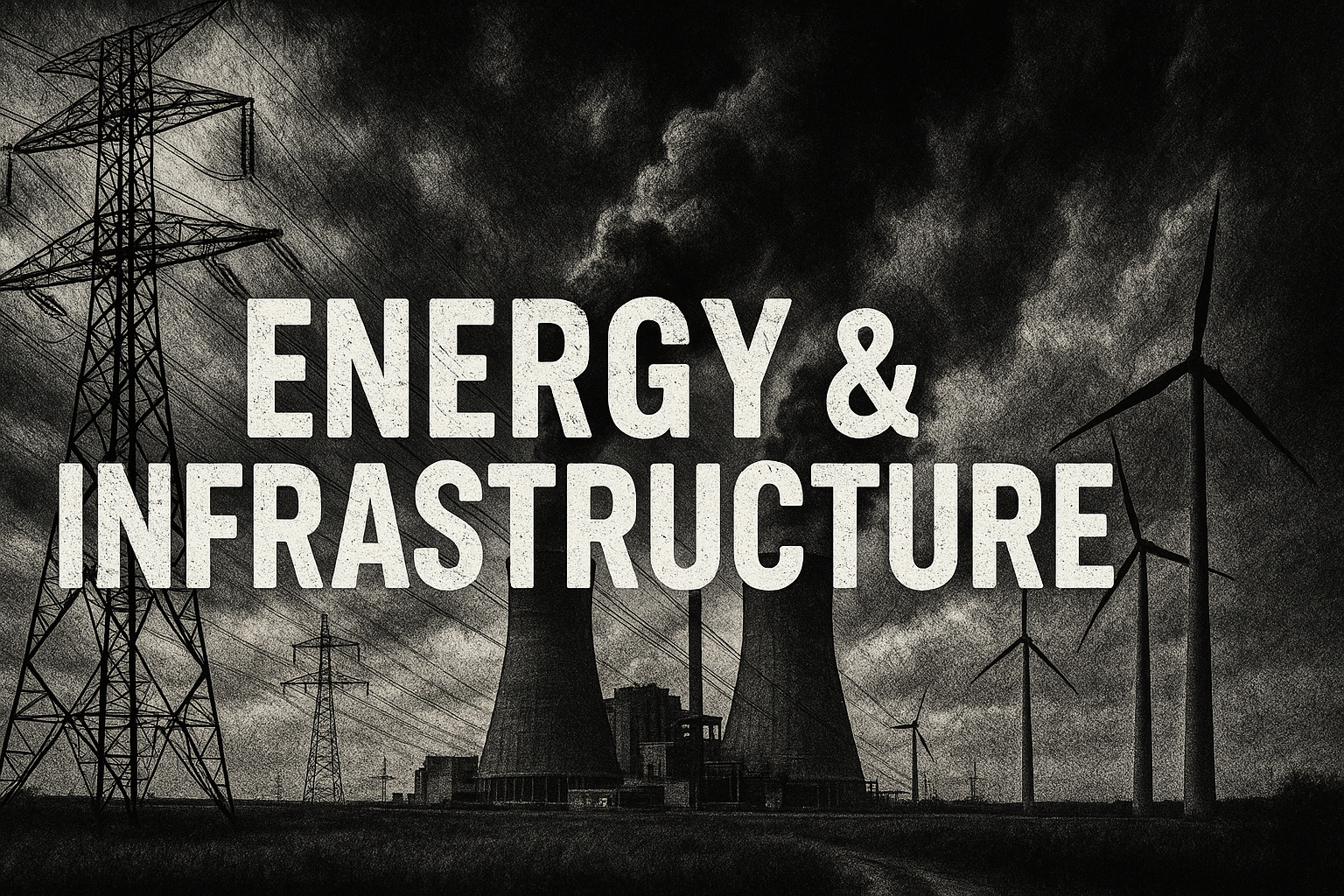Supreme Court Ends Term with Key Decisions on Environmental Policies

The U.S. Supreme Court concluded its latest term with significant rulings that bolstered executive power and curtailed environmental protections. In a series of narrow but impactful decisions, the conservative supermajority granted the Trump administration broad latitude to reduce environmental and climate safeguards.
One major ruling centered on the National Environmental Policy Act (NEPA), affirming that federal agencies have discretion over the level of detail in environmental reviews. The court ruled that NEPA does not require agencies to consider far-reaching environmental impacts of projects, marking the first such decision in decades.
Additionally, the justices clarified the role of lower court judges in evaluating agency actions, limiting their ability to scrutinize federal decisions. This term also saw the court’s emergency, or “shadow,” docket play a prominent role in shaping its rulings.
Experts noted the court’s apparent belief in strengthening executive power at the expense of Congress and federal agencies. “They don’t trust agencies, they’re critical of Congress, but they seem to be bent on reinforcing the power of the presidency,” said Pat Parenteau, a professor emeritus at Vermont Law School.
These decisions reflect a broader trend of constraining agency authority and empowering the executive branch, with significant implications for environmental policy and regulatory oversight.
Published: 7/8/2025
















